Life in a tiny house for under 20k: In a world where bigger is often equated with better, the idea of living in a tiny house might seem daunting to some. However, living in a small space can be incredibly liberating and fulfilling, especially when you’re able to do it for under 20k.
Not only does it allow you to simplify your life and reduce your carbon footprint, but it also enables you to focus on the things that truly matter.
One of the most significant benefits of living in a tiny house is the ability to declutter and simplify your life. With limited space, you’ll be forced to prioritize your possessions and focus on the things that are truly important to you.
This can lead to a sense of clarity and contentment that is often missing in larger, more cluttered living spaces. Another advantage of tiny house living is the reduced environmental impact.
With a smaller footprint and lower energy consumption, living in a tiny house can be a way to live a more sustainable and eco-friendly lifestyle.
Plus, with the option to go off-grid using solar panels and composting toilets, you can further reduce your impact on the environment.
If you’re interested in living in a tiny house, but worried about the cost, fear not! With a little creativity and resourcefulness, it’s possible to build a simple and functional tiny house for under 20k.
From using reclaimed materials to designing a space-efficient layout, there are plenty of ways to keep costs down while still creating a beautiful and comfortable home. So why not take the leap and embrace the simple life in a tiny house?
Explanation of tiny house living
A tiny house is a dwelling that is typically less than 400 square feet and designed to be space-efficient. It provides just enough space for the basic necessities of life. Tiny houses can be built on a foundation or on a trailer, and they come in various styles and designs.
Benefits of living in a tiny house
Living in a tiny house offers several benefits, including reduced living expenses, minimal environmental impact, and more time to focus on the things that truly matter in life. Tiny house living also encourages minimalism, allowing individuals to simplify their lives and focus on their passions.
How to live a simple life in a tiny house for under 20k?
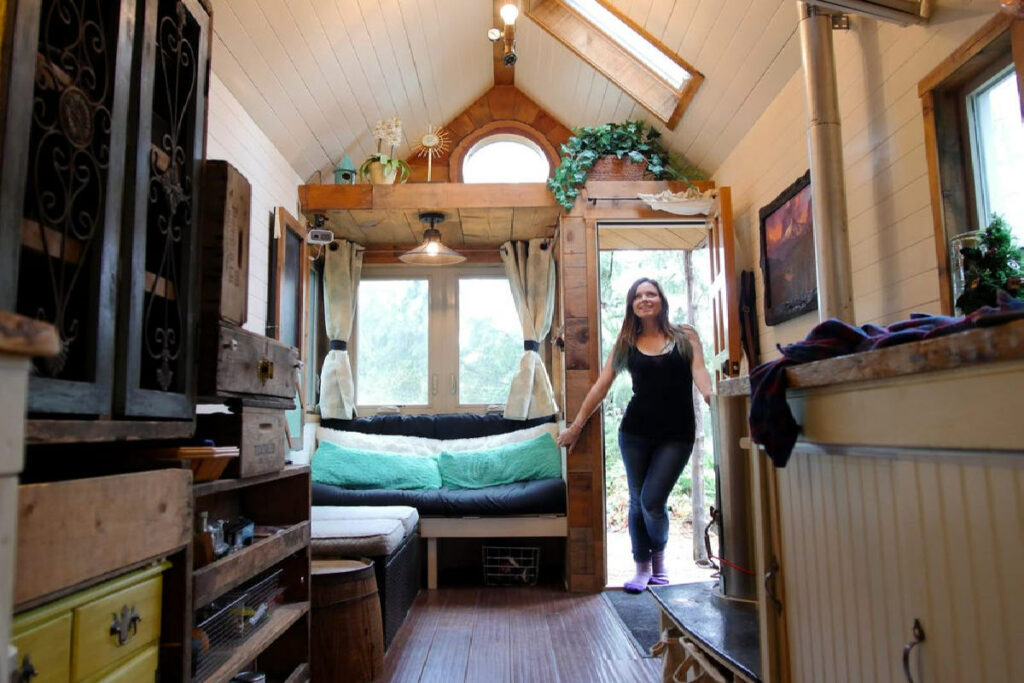
1. Budgeting for a tiny house
Determining your budget
Before building or buying a tiny house, it’s important to determine your budget. This will help you to make informed decisions throughout the process and avoid overspending.
You should consider the cost of the land, materials, and any additional expenses such as permits and utilities.
Cost-saving measures
There are several ways to save money when building or buying a tiny house. For example, using salvaged or repurposed materials can save you money on building costs. Additionally, building your tiny house yourself can be a cost-effective option.
Choosing the right location
When choosing a location for your tiny house, you should consider zoning regulations, access to utilities, and proximity to work, family, and friends. Rural areas may offer cheaper land, but they may lack access to utilities.
Tips for finding affordable land
Finding affordable land can be a challenge, but it’s not impossible. You can consider looking for land that is outside of urban areas, searching for land that is being sold by the owner, or considering alternative housing arrangements such as a tiny house community.
Also see: How Much Is A Tiny House In Georgia
Top pick

Editor’s choice

Best value
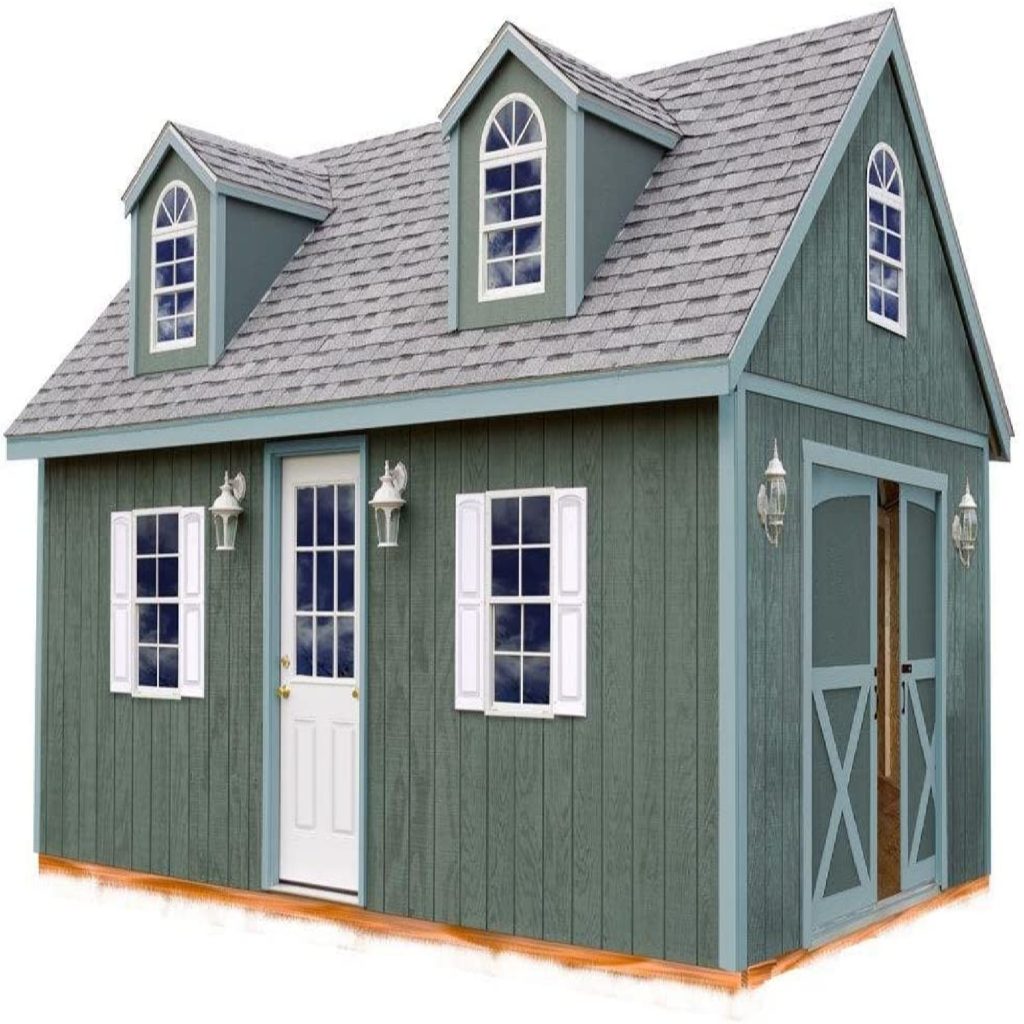
2. Building a tiny house
Designing your tiny house
The design of your tiny house will depend on your lifestyle and needs. You can choose to design your tiny house with an open floor plan, or you can incorporate separate spaces for different activities.
It’s important to consider how you will use the space and what features are most important to you.
Choosing the right materials
Choosing the right materials is crucial when building a tiny house. You should consider the durability, weight, and cost of materials. Additionally, choosing sustainable materials can reduce your environmental impact.
Hiring a professional builder vs. DIY
Deciding whether to hire a professional builder or build your tiny house yourself depends on your budget, experience, and time.
While hiring a professional builder may be more expensive, it can also save you time and ensure that your tiny house is built to code.
Steps to building a tiny house
The steps to building a tiny house include designing the layout, selecting materials, framing the structure, installing utilities, and finishing the interior and exterior. Each step requires careful planning and attention to detail.
Tips for decorating and organizing a small space
Maximizing your space in a tiny house requires creativity and careful organization. You can use multifunctional furniture, install shelving, and create storage space under furniture. Additionally, decorating with light colors and mirrors can make your space feel larger.
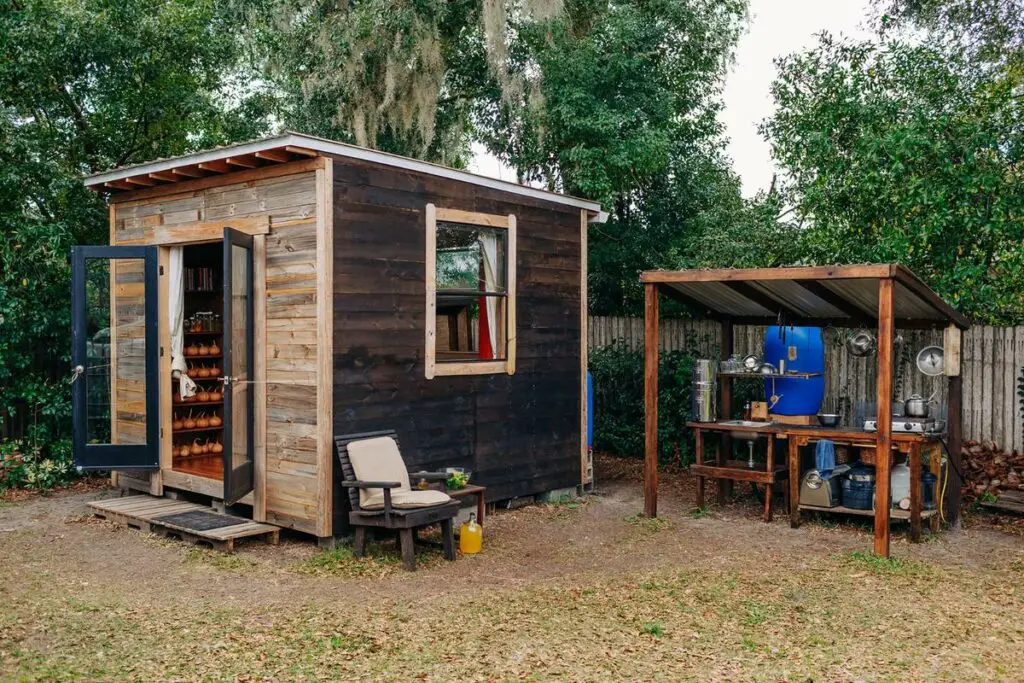
Section 3: Living in a tiny house
Adapting to a minimalist lifestyle
Living in a tiny house requires adapting to a minimalist lifestyle. This means prioritizing your needs and wants and decluttering your belongings. It also means being mindful of your consumption and waste.
Tips for maximizing your space
To maximize your space in a tiny house, you can consider using foldable or collapsible furniture, such as a Murphy bed or a collapsible table.
Additionally, using vertical space, such as installing shelving or hooks on walls, can help to free up floor space. Another option is to invest in furniture with built-in storage, such as a bed with drawers underneath.
Maintaining your tiny house
Maintaining a tiny house requires regular cleaning and upkeep. Because space is limited, it’s important to keep your tiny house organized and clutter-free to avoid feeling overwhelmed.
Additionally, regular inspections of your tiny house’s structure and systems, such as plumbing and electrical, can help to prevent problems before they become major issues.
Living off-grid
Living off-grid in a tiny house means being self-sufficient and relying on renewable resources such as solar power, wind power, or rainwater collection. It can be a great way to reduce your environmental impact and live more sustainably.
Dealing with zoning and legal issues
Zoning and legal issues can be a challenge for tiny house living. Regulations on tiny houses can vary depending on your location, and some areas may not allow tiny houses at all.
It’s important to research the regulations in your area and obtain any necessary permits or approvals before building or parking your tiny house.
Top pick
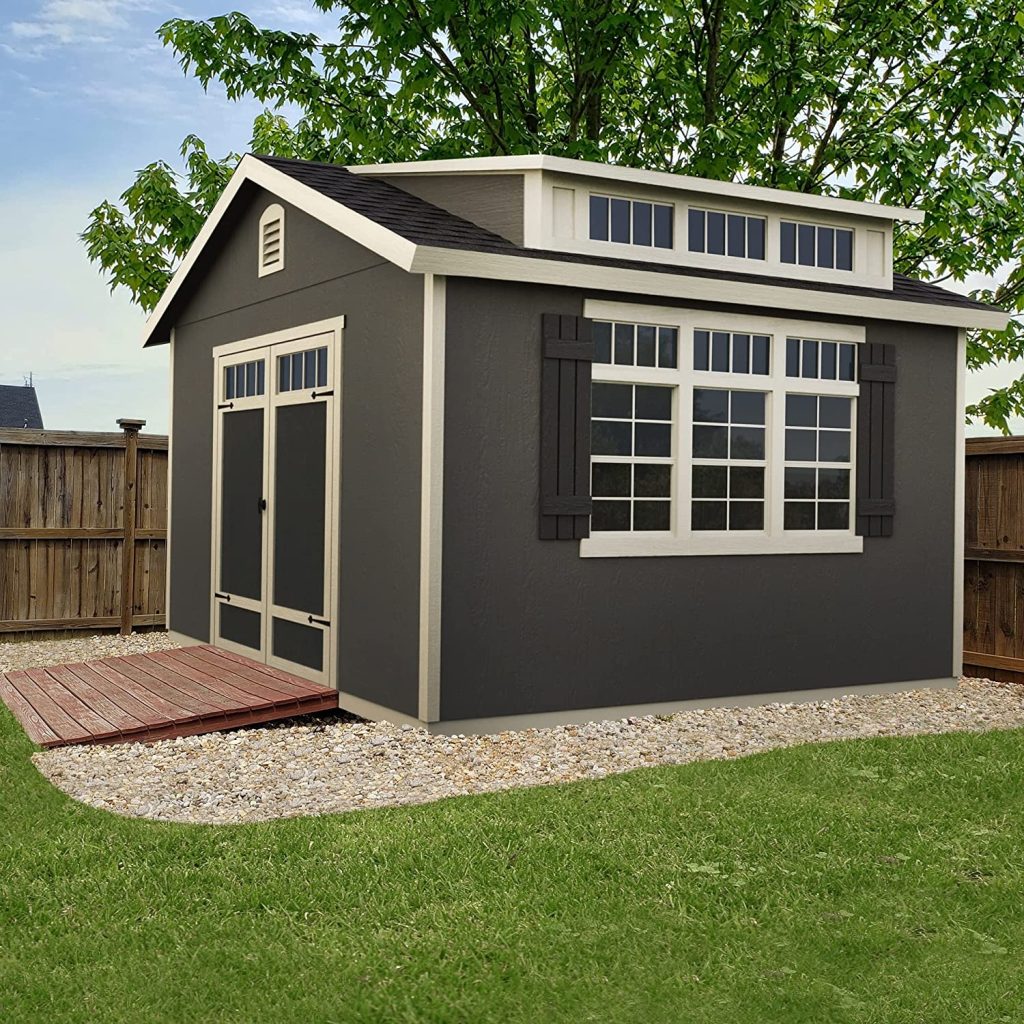
Editor’s choice
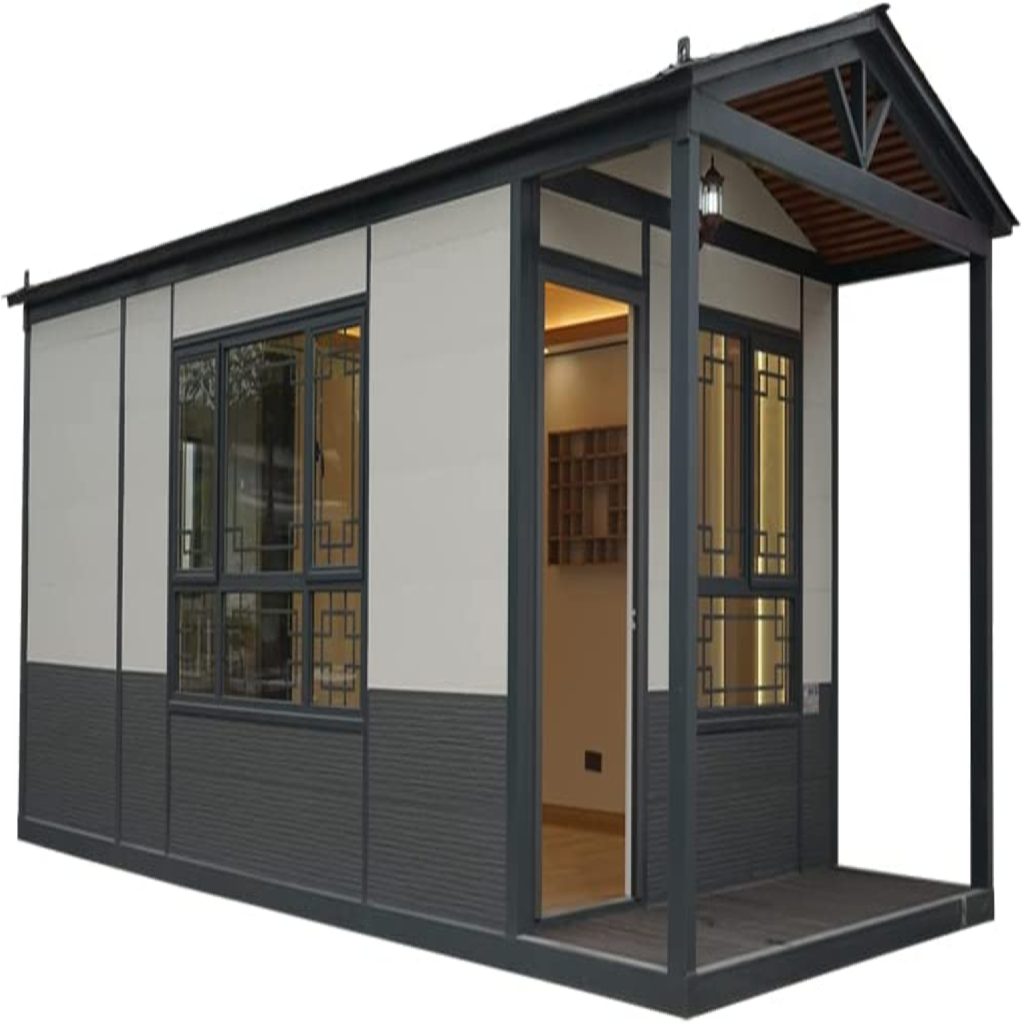
Section 4: Creating a sustainable lifestyle
Using renewable energy sources
Using renewable energy sources, such as solar or wind power, can help to reduce your environmental impact and lower your utility bills.
Installing energy-efficient appliances and using LED light bulbs can also help to reduce your energy consumption.
Reducing your carbon footprint
Living in a tiny house is inherently environmentally friendly, as it requires fewer resources to build and maintain.
Additionally, reducing your consumption, such as by buying second-hand or repairing items instead of replacing them, can help to reduce your carbon footprint.
Tips for composting and recycling
Composting and recycling are essential components of sustainable living. Composting your food waste can create nutrient-rich soil for gardening, while recycling reduces the amount of waste that ends up in landfills.
Growing your own food
Growing your own food can help to reduce your environmental impact, as it eliminates the need for transportation and packaging. Additionally, it can be a rewarding and enjoyable activity.
You can consider using vertical gardening techniques, such as hanging planters or trellises, to maximize your growing space in a tiny house.
Adopting a zero-waste lifestyle
Adopting a zero-waste lifestyle means minimizing your waste and avoiding single-use items. This can include using reusable shopping bags, water bottles, and food containers, as well as composting and recycling as much as possible.
Also see: How Much Is A Tiny House In Virginia
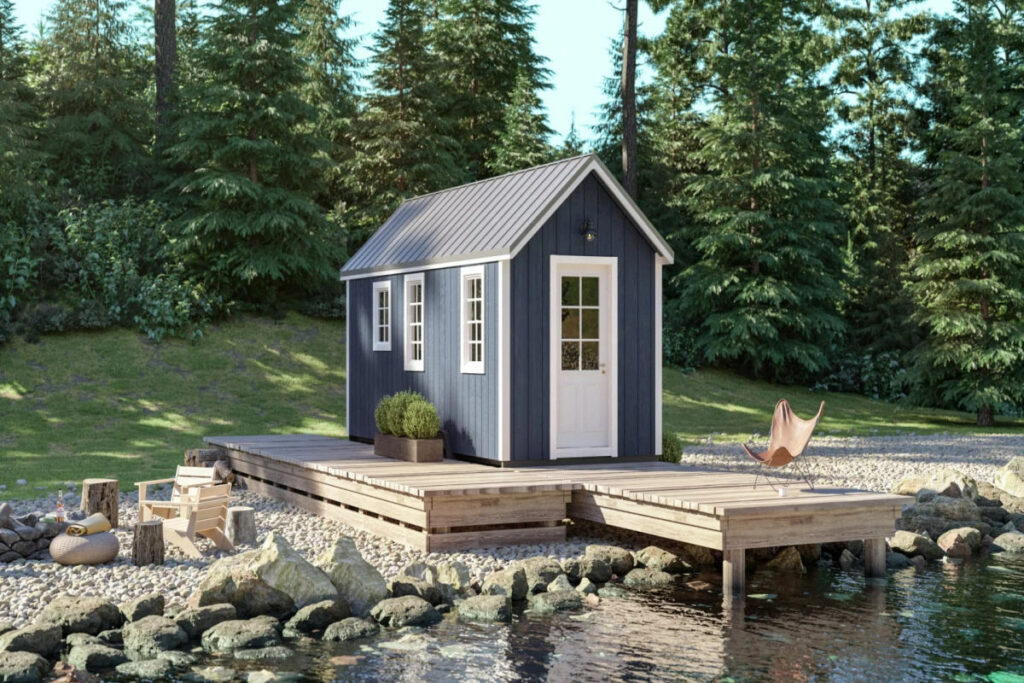
Section 5: Overcoming challenges
Coping with limited storage space
Coping with limited storage space in a tiny house requires creativity and organization. You can consider using under-bed storage, installing shelves or hooks on walls, and using furniture with built-in storage.
Managing waste and water usage
Managing waste and water usage in a tiny house requires mindful consumption and conservation. You can consider using a composting toilet, taking shorter showers, and using a rainwater collection system for watering plants and flushing toilets.
Addressing privacy concerns
Privacy can be a concern in a tiny house, particularly if you are living with others. You can consider using curtains or room dividers to create separate spaces, or incorporating separate sleeping areas into your design.
Dealing with isolation and lack of space for guests
Living in a tiny house can feel isolating at times, and it may be challenging to host guests. However, inviting guests to spend time outside or planning activities that take advantage of local resources, such as hiking or exploring nearby towns, can help to alleviate these issues.
Coping with extreme weather conditions
Living in a tiny house can present unique challenges during extreme weather conditions, such as hurricanes, blizzards, or heat waves. Proper insulation, ventilation.
And heating or cooling systems can help to maintain a comfortable living environment. Additionally, having a plan in place for emergency situations, such as power outages or flooding, is important.

FAQ
1. What are the basic things one needs to consider before building a tiny house?
Budget, zoning laws, available space, building codes, utilities, and materials are essential considerations when building a tiny house.
2. How can I find affordable and suitable materials for building a tiny house?
Research local salvage yards, online marketplaces, and ask for donations or discounts to find affordable materials.
3. What are some space-saving tips for living in a tiny house?
Use multi-functional furniture, vertical storage, and declutter regularly to save space in a tiny house.
4. How can I make the most of my limited storage space in a tiny house?
Maximize vertical space, utilize multifunctional furniture, declutter regularly, and consider digital storage options.
5. What are some energy-efficient and sustainable solutions for living in a tiny house?
Utilize solar panels, efficient appliances, insulation, and natural lighting to maximize energy efficiency and sustainability in tiny homes.
Conclusion
Living in a tiny house offers a unique opportunity to simplify your life, reduce your environmental impact, and live more sustainably. By following the tips outlined in this article.
You can create a comfortable and functional living space for under 20k. With careful planning and consideration, tiny house living can be a fulfilling and rewarding lifestyle choice.
Also see: Building A Shipping Container House


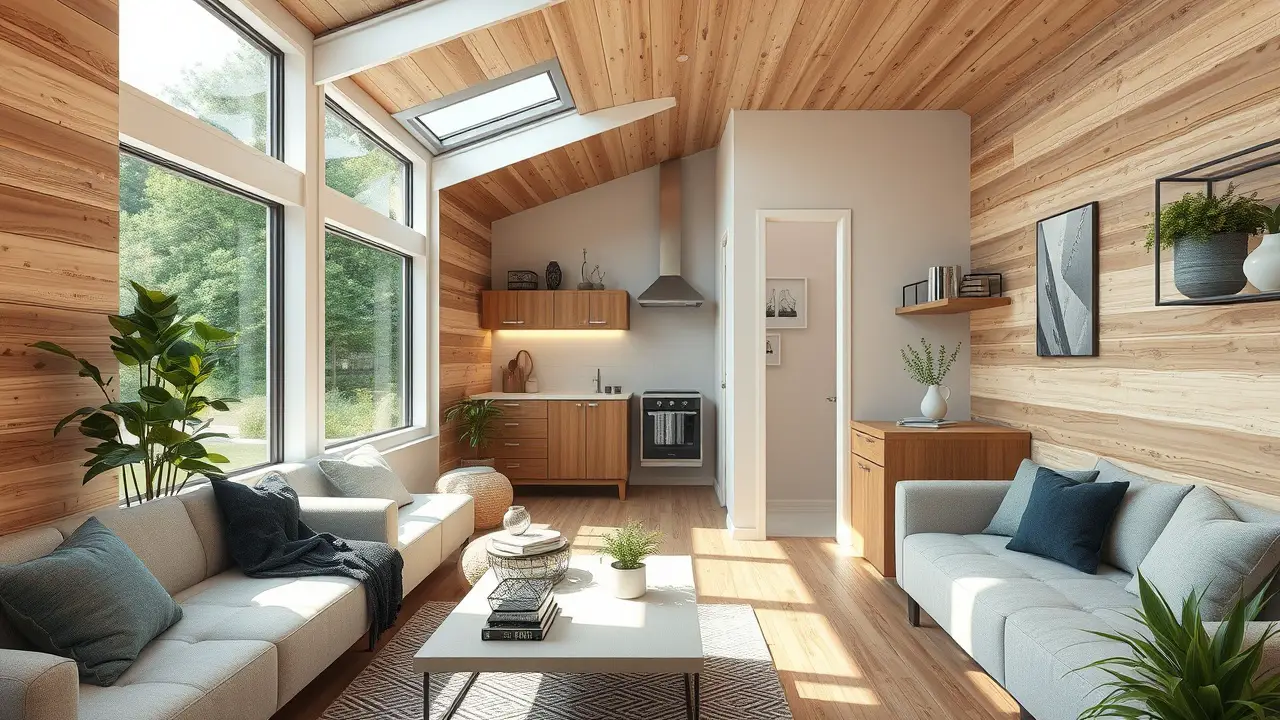
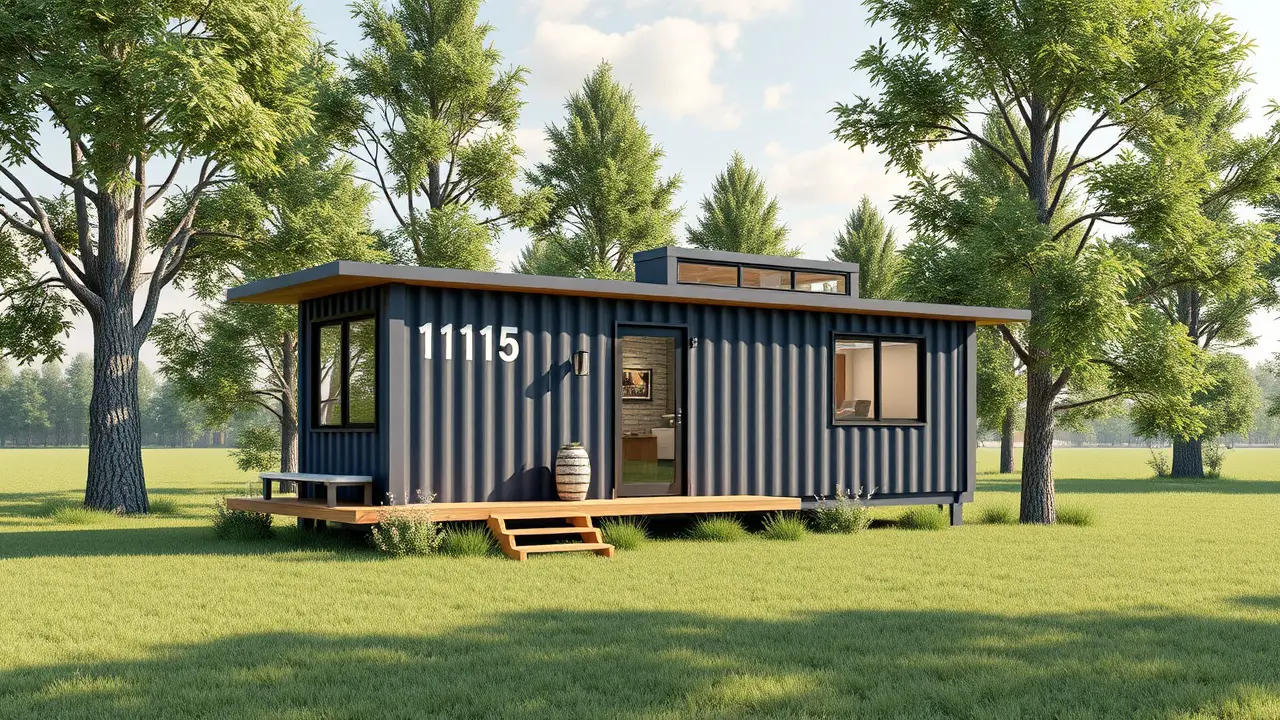
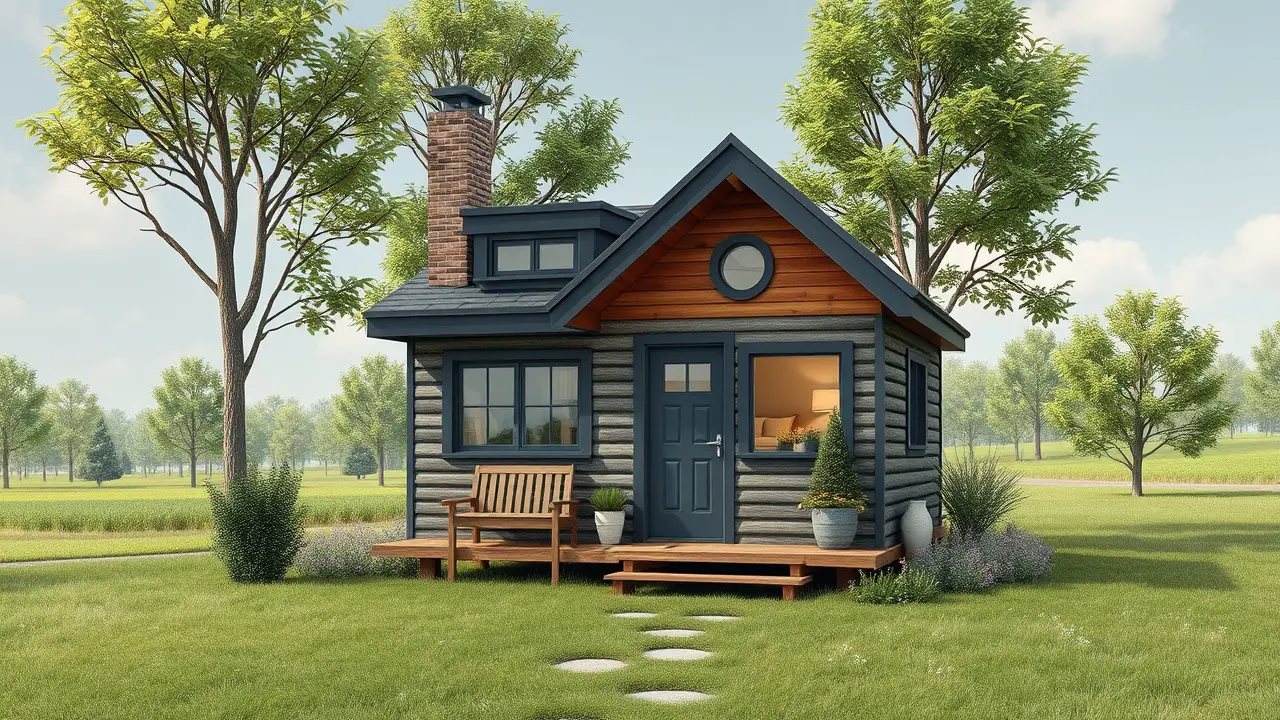
Leave a Reply